-
Welcome to Tacoma World!
You are currently viewing as a guest! To get full-access, you need to register for a FREE account.
As a registered member, you’ll be able to:- Participate in all Tacoma discussion topics
- Communicate privately with other Tacoma owners from around the world
- Post your own photos in our Members Gallery
- Access all special features of the site
How To: Spark Plug Change (1 GR-FE)
Discussion in 'Technical Chat' started by chris4x4, Mar 16, 2009.
Page 1 of 116
Page 1 of 116


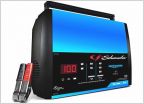 What battery charger are you using?
What battery charger are you using?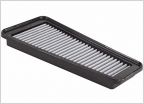 Air filter replacement
Air filter replacement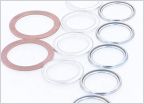 3rd Gen Manual Transmission Drain and Fill Plug Gaskets
3rd Gen Manual Transmission Drain and Fill Plug Gaskets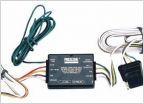 Cruise control quit working after trailer wire harness installed
Cruise control quit working after trailer wire harness installed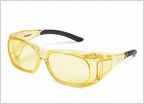 Safety glasses
Safety glasses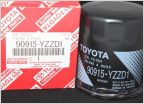 Has anyone cut open a YZZG2?
Has anyone cut open a YZZG2?




























